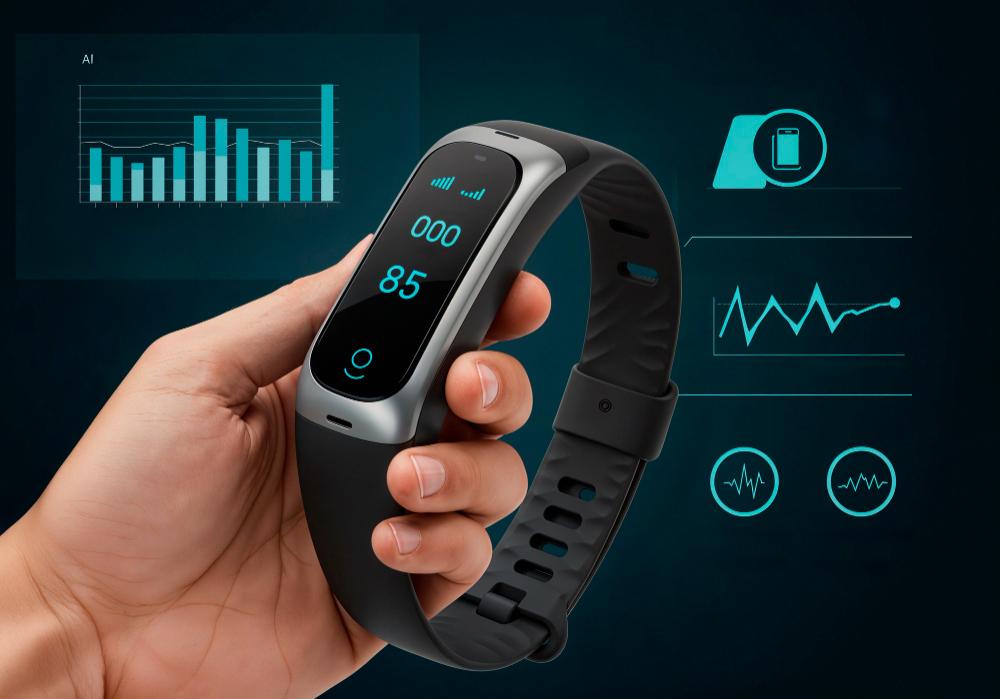Healthcare is undergoing a profound transformation as wearable technology emerges as a game-changing force in patient monitoring and care delivery. These innovative devices are bridging the gap between traditional healthcare settings and everyday life, creating unprecedented opportunities for proactive health management.
Evolution of Smart Health Monitoring Systems
Wearable technology tracking devices have undergone remarkable advancement in recent years. Modern devices integrate sophisticated sensors capable of monitoring multiple physiological parameters simultaneously. From basic pedometers to advanced biosensors, these devices now offer comprehensive health insights that were previously available only in clinical environments.
Today's wearables employ cutting-edge technologies including optical heart rate sensors, accelerometers, and even electrocardiogram capabilities. Machine learning algorithms process this data to provide actionable health recommendations, making personalized healthcare more accessible than ever before.
Transformative Benefits for Healthcare Delivery
The advantages of wearable technology extend far beyond simple fitness tracking. These devices enable continuous patient monitoring, reducing the burden on healthcare facilities while improving patient outcomes. Real-time data collection allows for immediate intervention when abnormal patterns are detected.
Preventive care receives a significant boost through wearable technology. Devices can identify potential health issues before they become serious medical problems, enabling early intervention strategies that save both lives and healthcare costs. The ability to track medication adherence, sleep quality, and stress levels provides healthcare providers with comprehensive patient profiles.
Patient empowerment represents another crucial benefit. When individuals have access to their health data, they become active participants in their care journey. This increased engagement often leads to better lifestyle choices and improved health outcomes.
Present-Day Applications and Technologies
Current wearable technology spans multiple categories, each serving specific healthcare needs. Consumer-grade smartwatches dominate the market with features like heart rate monitoring, fall detection, and emergency alerts. These devices have already saved countless lives by detecting cardiac events and summoning emergency services.
Medical-grade wearables are making significant inroads in clinical practice. Continuous glucose monitors revolutionize diabetes management by providing real-time blood sugar readings without painful finger pricks. Cardiac monitors worn by patients with heart conditions enable 24/7 monitoring outside hospital settings.
The integration of wearable data with electronic health records creates a more complete picture of patient health. Healthcare providers can now access weeks or months of continuous monitoring data, enabling more informed treatment decisions and personalized care plans.
Emerging Innovations and Market Trends
Future developments in wearable technology promise to revolutionize healthcare further. Researchers are developing non-invasive blood pressure monitoring through wrist-worn devices, potentially eliminating the need for traditional cuff-based measurements.
Advanced biosensors under development will detect various biomarkers through skin contact, enabling early disease detection for conditions like cancer and neurological disorders. Smart textiles embedded with sensors will provide seamless health monitoring without requiring separate devices.
Artificial intelligence integration will become more sophisticated, with predictive algorithms capable of forecasting health events before symptoms appear. This technology could alert users and healthcare providers to potential issues days or weeks in advance, enabling preventive interventions.
Conclusion
The digital health revolution powered by wearable technology is reshaping healthcare delivery, making it more proactive, personalized, and accessible. As these devices continue to evolve, they will play an increasingly central role in preventive medicine, chronic disease management, and overall health optimization. The future of healthcare is not just digital—it's wearable, intelligent, and patient-centered.
Latest Reports:-
Ophthalmic Viscoelastic Devices Market | Opioid Related Disorders Market | Opioid-related Disorders Market | Optical Coherence Tomography Devices Market | Optic Neuritis Market | Optic Neuropathy Market | Oropharyngeal Cancer Market | Orthopedic Power Devices Market | Orthotic Devices Market | Osteochondrodysplasia Market | Osteosarcoma Market | Pacemakers Market | Pachyonychia Congenita Market | Palmar Hyperhidrosis Market Size | Palmoplantar Pustulosis Market | Pancreatic Adenocarcinoma Market | Parkinson Disease Market | Parkinsons Disease Related Dementia Market | Parp Inhibitor Market | Parry-romberg Syndrome Market | Parry-romberg Syndrome Prs Market



